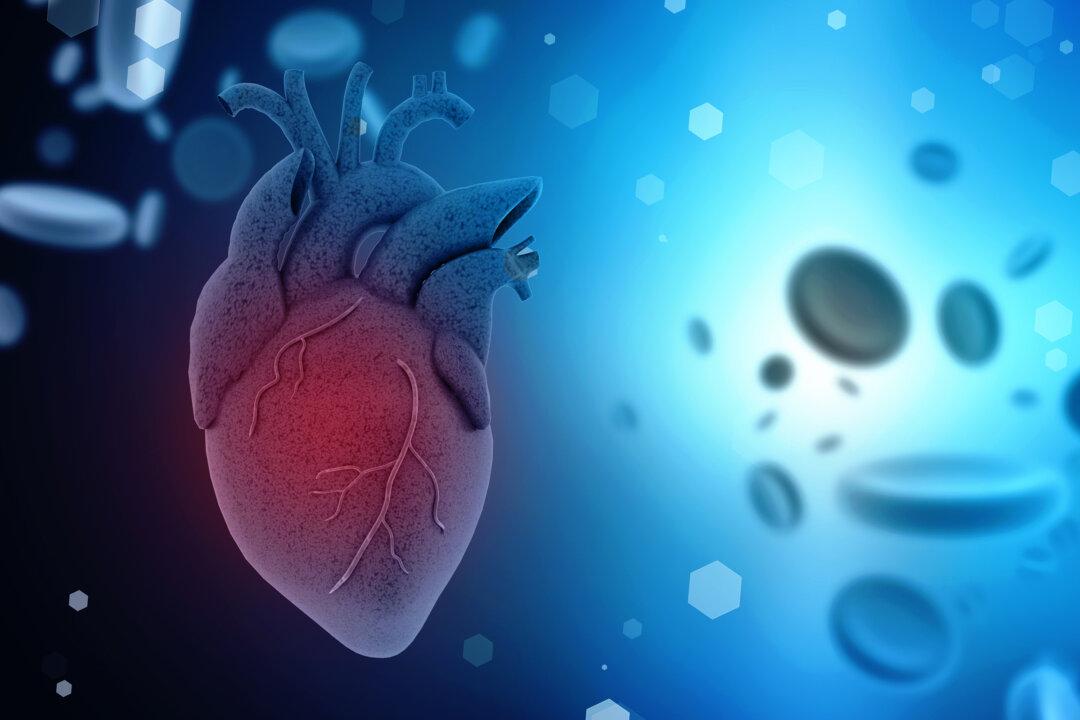Inhaling plastic dramatically raises a person’s risk of heart attack, stroke, and early death, according to Italian researchers.
Through specialised tests, the researchers found harmful microplastics mixed with chlorine in the blocked arteries of over half the people in their study (150 out of 312 people).





